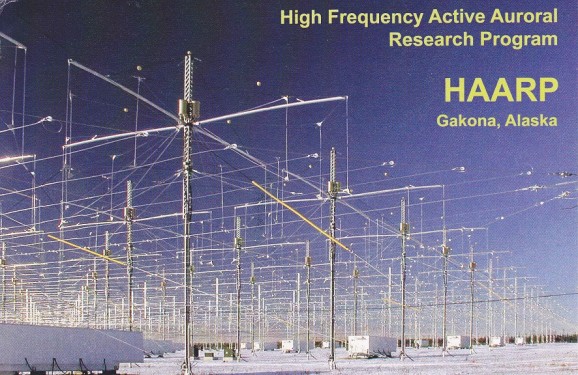Lasers, Now With More Weather Control Capabilities
This article is more than 2 years old
 After a brutal winter in the Northeast, as well as in much of the rest of the country, I totally understand the urge to control the weather. I’m not talking about rain dances or offerings to the gods, I’m talking about lasers, which scientists think we may be able to use to induce lightning and rain.
After a brutal winter in the Northeast, as well as in much of the rest of the country, I totally understand the urge to control the weather. I’m not talking about rain dances or offerings to the gods, I’m talking about lasers, which scientists think we may be able to use to induce lightning and rain.
This isn’t the first time we’ve tried to exert our control over nature to produce better weather. Scientists in Moscow “seed” clouds to prevent rain on days when big events are scheduled. China has done the same, especially during the Beijing Olympics. They’ve also done the opposite, bringing rain to drought-stricken areas. It’s also possible that wind turbines might help protect us from hurricanes. But directing a high-energy laser beam into the sky seems even more drastic than these other measures—even previous ones involving short laser pulses.
Static electricity generates rain and lightning, and scientists from the University of Central Florida and the University of Arizona believe that lasers can activate that static stored energy in the clouds in order to cause storms. The strategy they came up with involves using two lasers—the primary beam, and then a secondary one that acts as a reserve in case the primary beam dissipates or otherwise breaks down. When lasers travel long distances, the intensity often makes them collapse. The collapse strips electrons from the oxygen and nitrogen in the air, which creates plasma. The plasma works against the collapsing beam, trying to push it back out, which causes a literal push-pull between forces—something called “filamentation.” Filamentation creates a stream of light and excites electrons, which induces storms.
This might seem like a recipe for disaster, and previous experiments with short laser pulses have resulted in lots of lightning strikes, but the researchers discovered a way to control the process, more or less. They’ve figured out how to “dress” the filament in a low-intensity, inward-moving beam that prevents random bursts of light. Controlling the length of the filament—they’ve gone from a length of one to seven feet using the method they outline in Nature Photonics—seems to be the key to controlling the weather, which the researchers believe they can do from afar. Eventually, it might be possible to make super long filaments or channels of plasma, which could be used in spectrometers or sensors.
 For conspiracy theorists, this project might recall Project HAARP (High Frequency Active Auroral Research Program), an Alaska-based research program funded by the U.S. Air Force, Navy, and DARPA, to analyze the ionosphere for enhanced communications and surveillance capabilities. While the project is real, the more suspicious among us have long thought HAARP was in the business of weather control, or even mind control. Although I think that controlling one would generally control the other, if New Englanders’ dispositions this winter are any indication.
For conspiracy theorists, this project might recall Project HAARP (High Frequency Active Auroral Research Program), an Alaska-based research program funded by the U.S. Air Force, Navy, and DARPA, to analyze the ionosphere for enhanced communications and surveillance capabilities. While the project is real, the more suspicious among us have long thought HAARP was in the business of weather control, or even mind control. Although I think that controlling one would generally control the other, if New Englanders’ dispositions this winter are any indication.












